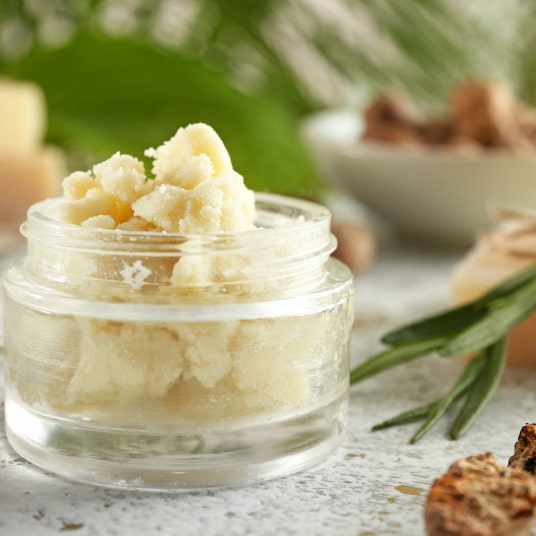
You probably heard the name “shea butter” or saw the label listed in the ingredients of various body lotions.
You may also find this butter in your various hair care products.
And why not?
Shea butter is a popular natural ingredient, known for its moisturizing and healing agent.
It can be found in many skin care products, from moisturizers to lip balms.
They have been always there.
You find it everywhere something claims to moisturize your skin.
But what exactly is shea butter, and how does it affect your skin?
Are you scared of using it on your face? Wondering is-shea-butter-comedogenic? Is it good for my oily skin?
Or,
Is it safe for all skin types, or does it clog pores and cause breakouts?
Well, I have been there too. I have oily and acne-prone skin and am always curious about putting shea butter on my skin.
Because I learned some amazing benefits it offers. And I don’t want to miss it at all.
In this blog post, I will answer all these questions and more, as I explore 7 surprising benefits of shea butter for the skin and how to use it.
Let’s get started.
What is Shea Butter?
Before I head to come up with the answer “Is shea butter comedogenic?” It is important to know what actually shea butter is.
Shea butter is a creamy fat that is directly extracted from the nuts of the shea tree.
The Shea tree usually grows in West and Central Africa.
It is commonly used in cosmetics and skin care products for centuries due to its moisturizing properties.
Shea butter is also rich in vitamins and fatty acids, which make it beneficial for the skin.
Plus, It’s known for its ability to nourish and hydrate, making it a popular ingredient in various beauty products.
Types of Shea Butter
There are mainly two types of shea butter you can find:
Raw shea butter:
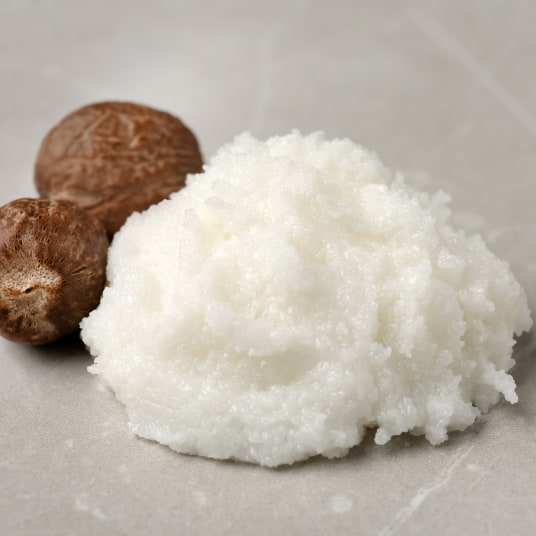
This type of shea butter is extracted using water. It usually uses traditional methods that’s why it is called raw.
And has not undergone any chemical or physical treatment like refined shea butter.
It retains its natural color, scent, and nutrients. It is yellow in color and has a nutty and smokey smell.
It is the most pure and beneficial type of shea butter due to its minimal processing but it may also have some impurities and variations in quality.
Refined shea butter:
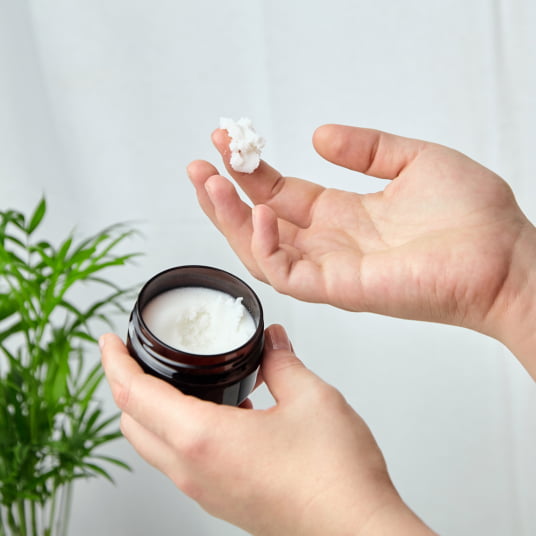
This type of shea butter is processed to remove its color, odor, and impurities.
It is usually white and has no smell.
It is more consistent and stable than raw or unrefined shea butter, but it also loses some of its nutrients and benefits during the refining process.
And It can no longer be effective like raw shea butter.
Choosing between raw and refined shea butter,
I would say, raw or unrefined shea butter is better than refined shea butter.
Because refined shea butter loses up to 75% of its nutrients and benefits during the refining process.
While raw butter is loaded with goodness like anti-inflammatory and healing properties.
Therefore, pick raw shea butter and get maximum benefits from it.
Defining Comedogenicity

Now that we have learned what shea butter is, Next, it’s time to understand what is comedogenicity.
Comedo is basically a medical term that means- a pore or hair follicle on your skin surface that is blocked and cannot work properly.
Comedones are the most mild type of acne that happens when there is a blockage in your pore.
There are three types of comedones:
- Blackheads are pores that are blocked and open. You can see the plug on the surface of the skin.
- Whiteheads are pores that are blocked and closed. The plug is stuck under the surface of your skin.
- Comedogenic acne is a term that means pimples and acne outbreaks on your skin that are caused by a problem of blocked pores.
Comedogenicity is a word that means how likely something or a product is to clog your pores.
If you have skin that is prone to acne or tends to be oily, stay away from products with high comedogenicity.
Using such products may increase the risk of developing more breakouts or worsen existing acne issues.
Instead, choose skincare and cosmetic items labeled as non-comedogenic, as these are formulated to be less likely to clog your pores and contribute to acne.
But remember that If a product claims to be non-comedogenic doesn’t always mean your skin won’t clog it.
We all have different skin and react in a different way, right?
So, always do a patch test and keep testing products to see whether it is suitable for you or not.
You May Also Like:
7 Best Korean Foam Cleansers For Acne-Prone Skin-That Won’t Dry Out Your Skin!
10 Best Korean Cleansing Balms For All Skin Types
7 Best Korean Toners For Oily Skin! Your Skin Will Never Be the Same Again!”
Understanding Comedogenic Scale
The comedogenic scale shows mathematical stats.
These stats will help you to choose the right products for your skin and avoid the ones that might cause problems.
The comedogenic scale is a way of measuring how likely a product is to clog your pores and cause acne.
The scale goes from 0 to 5,
Where 0 means the product won’t clog your pores at all, and 5 means the product will definitely clog your pores.
I mean, It causes acne.
Some oils and butter are more comedogenic than others, which means they are more likely to cause breakouts for people with oily or acne-prone skin.
For example, coconut oil has a comedogenic rating of 4, which means it is fairly high on the scale and can clog your pores easily.
On the other hand, argan oil has a comedogenic rating of 0, which means it is very low on the scale and won’t clog your pores at all.
The comedogenic rating usually ranges from 0 to 5, with the following designations:
0 – Unlikely to cause pore blockages
1 – Minimal risk of clogging pores
2 – Moderately low risk (may cause pore blockages for some, but generally safe for most)3 – Moderate risk of clogging pores (varies depending on skin type)
4 – Relatively high risk of clogging pores (suitable for some, but likely to cause issues for most individuals)
5 – High risk of causing pore blockages
Is Shea Butter Comedogenic?
Now the time is to answer your question
“Is shea butter comedogenic or non-comedogenic?”
Shea butter is considered as non-comedogenic.
According to the comedogenic rating of shea butter- it has a comedogenicity rating of 0-2, which is assumed to be safe to use and indicates that it is non-pore clogging.
And no pore-clogging means- no pimples and acne.
But note that, it is not backed by scientifically that proves or disproves the comedogenicity of shea butter.
The comedogenicity of shea butter may also depend on the quality and purity of the product.
Some shea butter products may contain additives, preservatives, or contaminants that could affect its comedogenic potential.
Therefore, It is important to choose a high-quality, organic, and fair-trade shea butter product that has been tested for safety and purity.
Can Shea Butter Clog Your Pores?
Can It Cause Acne and Pimples?
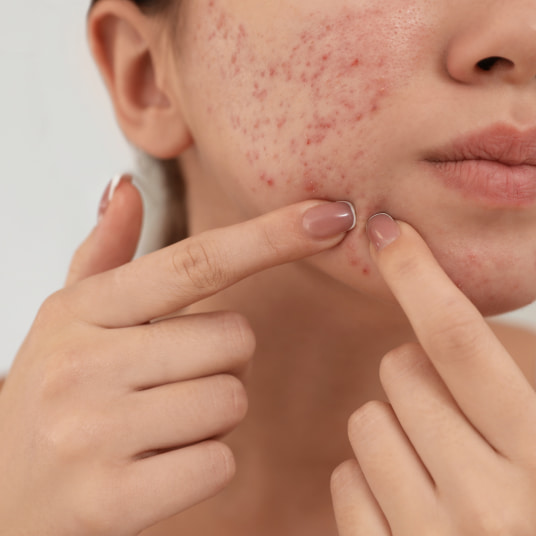
The answer is a bit tricky but not difficult at all.
We have already learned that shea butter has a low comedogenic rating.
It is listed under the comedogenic scale ranges of 0 to 2, and it is already established as a non-comedogenic ingredient.
But, it may cause acne.
How?
Shea butter is rich in fatty acids and among many fatty acids- oleic acid is one of them that cause acne.
Oleic acid is a monounsaturated fatty acid that can make the skin more oily and prone to clogging.
It has a comedogenicity rating of 3.
So, it might not be suitable especially if you have oily skin and tend to be prone to acne flare-ups and breakouts.
So, In this case, I would say, Shea butter can cause clog your pores and it can cause acne/pimples.
For me, I have oily and acne-prone skin and I use shea butter on my skin in winter.
I don’t usually use any oil or butter on my face during summer since they make my skin greasy and sticky which I don’t like.
After using it on my face, I experienced a few whiteheads and blackheads around my forehead, & immediately stopped using it.
But I use it on my other body parts and hair as a moisturizer and see no negative reaction.
And it works as a fantastic moisturizing agent.
For me, it could not do well on my face. You can check it for you to see if it works or not. It’s all about test and trial.
Should You Use Shea Butter on the Face?
Many people find it helpful after using Shea butter on their faces.
Since, it has many benefits for the skin, such as moisturizing, nourishing, healing, and protecting.
It is best suitable for dry skin as it can provide excellent moisturization and reduce various skin problems such as eczema, psoriasis, and dermatitis.
7 Surprising Benefits of Shea Butter For Skin
If you are not convinced yet to add shea butter to your skincare routine,
I am explaining here 7 surprising benefits of shea butter:
It can moisturize your skin:
While it might not be the best option for oily skin, it can hydrate and moisturize your dry and damaged skin.
Shea butter is an emollient, which means it softens and smooths your skin by creating a barrier that prevents water loss.
Besides your face, It works wonders, especially on areas like the elbows, knees, and heels.
It can reduce inflammation:
Due to its anti-inflammatory properties, Shea butter can calm and reduce swelling, redness, and irritation in your skin.
Shea butter can help with skin conditions such as eczema, dermatitis, psoriasis, sunburn, insect bites, and wounds.
If you have these types of problems, You can use shea butter to treat them.
It can protect your skin:
Shea butter has polyphenols a substance that can protect your skin from free radical damage and signs of aging.
Plus, It can also help with scars and stretch marks by promoting collagen production and cell regeneration.
It’s Antibacterial:
Shea butter may have some antibacterial properties that can prevent infections and acne on your skin.
Yeah, you heard it right. It may help to fight acne-causing bacteria.
However, if you have acne-prone skin, you should be careful not to clog your pores with too much shea butter.
It’s Antifungal:
Shea butter may also have some antifungal properties that can help with conditions like dandruff, ringworm, and athlete’s foot.
You can apply it to your scalp, nails, or feet to soothe and treat them.
It boosts collagen production:
Collagen is a kind of protein that is essential for your skin and hair.
Shea butter can stimulate the synthesis of collagen.
Collagen gives your skin strength and elasticity that enhance the firmness and plumpness of your skin.
It provides sun protection:
You can use shea butter as a sunscreen.
Yeah,
Shea butter has a natural SPF of about 6, which means it can block about 6% of the UV rays that reach the skin.
While this is not enough to replace sunscreen, it can provide some extra protection and prevent sun damage.
Bonus Benefit:
Hair care and scalp health:
Shea butter is an excellent option for hair care.
It provides deep hydration without leaving a greasy residue.
It penetrates the hair shaft, promoting elasticity and minimizing breakage.
It may also help reduce dandruff, frizz, and split ends, and promote hair growth and shine.
FAQs Related To Is Shea Butter Comedogenic
Is shea butter good for oily skin?
It is not the best choice for oily skin, because it is very rich in fatty acids and can clog the pores and make the skin more oily.
Although Shea butter won’t make the skin oily, still has a chance to clog the pores.
If you have oily skin, you may want to look for other natural oils that are lighter and less comedogenic, such as jojoba oil, grapeseed oil, or rosehip oil.
Does shea butter remove acne scars?
It’s thought that shea butter can smooth and lighten scar tissue by promoting skin elasticity and inhibiting melanin production.
However, It will not be effective especially if the scars are deep or old since shea butter can’t penetrate the skin deeply.
Is shea butter suitable for all skin types?
Yes, shea butter is pretty versatile! It’s generally good for most skin types, from dry to oily.
The key is to adjust how much you use based on your skin’s needs. Dry skin may love a bit more, while oily types might want to go lighter.
Raw or refined which shea butter is more comedogenic?
Refined shea butter is more comedogenic than raw shea butter.
Raw butter is pure and made from less processing methods and is thought to be comedogenic rating 0-1.
While Refined butter contains impurities. Its comedogenic rating is 0-2.
A higher comedogenic rating means a greater comedogenic in nature and tends to clog your pores.
So, the lower the rating, the safer it is for those who are concerned about clogged pores or acne.
Always good to keep an eye on those ratings, especially if your skin is a bit picky!
How To Use Shea Butter For Skin?
Shea butter can be used in various ways for skin care, from moisturizer to hair mask.
Here are some of the most common ways to use shea butter for skin:
You can use it as a moisturizer:
You can apply pure shea butter directly to your skin, or use a product that contains shea butter as one of the main ingredients.
You can use shea butter as a daily moisturizer for your face and body or as a night cream or mask for extra hydration.
You can also use shea butter as a lip balm, hand cream, or foot cream
You can use it as a body scrub:
It is my personal favorite body scrub.
I always prefer homemade body scrubs rather than purchasing them from cosmetic stores.
You can make your own shea butter scrub, by mixing it with some sugar, salt, coffee grounds, or oatmeal.
Add some essential oils, such as lavender, rose, or tea tree, for extra benefits and fragrance. ( Only If you are not allergic to them)
You can use the scrub to exfoliate and smooth your skin, by applying it to your face or body and rubbing it in circular motions, then rinsing it off with water.
The Bottom Line: Is Shea Butter Comedogenic?
Shea butter can be used in various ways for skin care, such as a moisturizer, cleanser, scrub, or mask, or mixed with other ingredients.
Even though it usually has a low chance of clogging pores, its thick consistency could lead to more pimples.
But hey, that doesn’t mean you should skip it, especially if your skin is dry and normal.
There are tons of benefits to it! Just give it a try and see how your skin feels.
But make sure to choose shea butter that is high-quality, pure, and certified.
Shea butter can be a great addition to your skincare routine, as long as you use it wisely and responsibly.
I hope you enjoy the post. Thank you for reading.
Subscribe to our newsletter to receive more posts and follow us @glowplusbeauty on Pinterest.
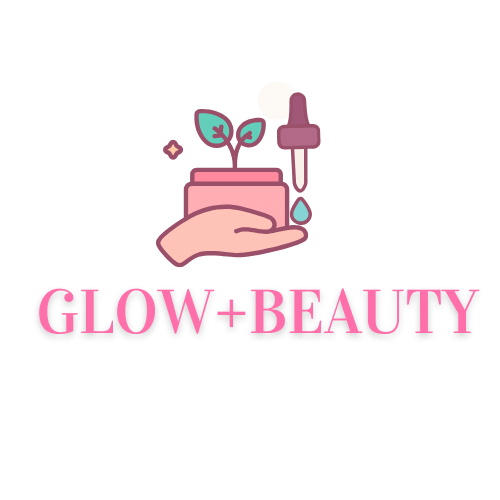

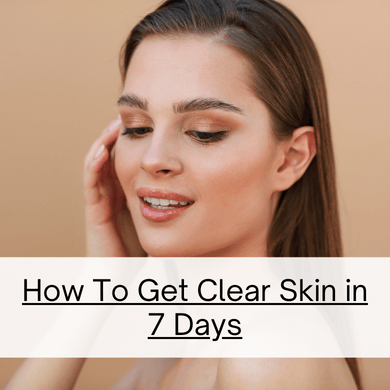

certainly like your website but you need to take a look at the spelling on quite a few of your posts Many of them are rife with spelling problems and I find it very troublesome to inform the reality nevertheless I will definitely come back again
[…] Is Shea Butter Comedogenic? Does Shea butter cause acne? […]